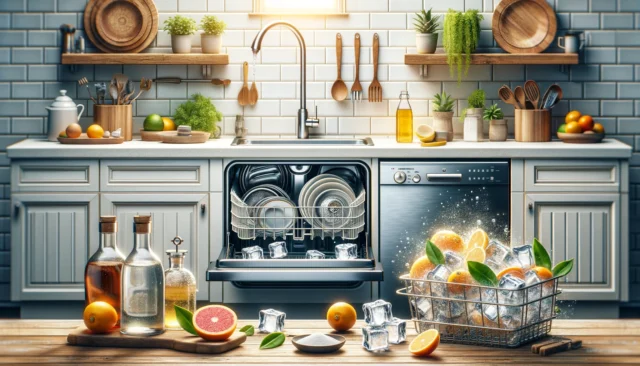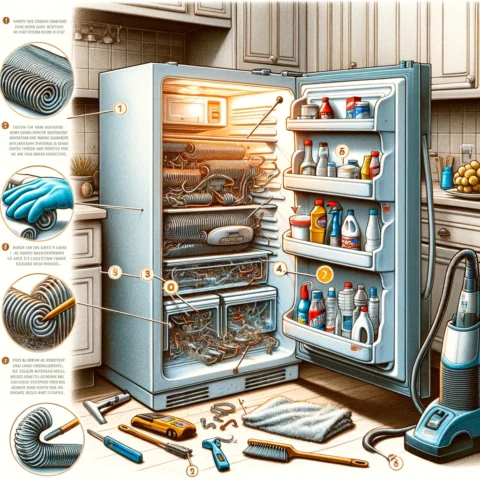Water pressure is often that unseen workhorse in our daily lives. It powers our showers, clean our dishes, and quenches our thirst. But, just like any silent champion, it needs to be maintained to avoid potential disasters and keep things running smoothly. Home water pressure is pivotal—too low, and it’s a frustrating trickle; too high, and you’re courting with busted pipes. Whether you’re a seasoned homeowner or just getting acquainted with the plumbing system of your abode, learning how to test your home water pressure is a DIY essential.
Understanding your home’s water pressure is more than just a casual Sunday project; it’s a proactive way to prevent expenses and headaches. In this detailed guide, we’ll walk you through the why, the how, and the what-next of testing your home’s water pressure.
Why Water Pressure Matters at Home
Before we don our metaphorical tool belts, it’s essential to understand the ‘what’ and the ‘why’ behind water pressure. Simply put, water pressure is the force that propels water through your plumbing system. In a Goldilocks scenario, this force isn’t too strong or too weak—it’s just right. A pressure level that’s too high can lead to leaks, burst pipes, and the untimely demise of your appliances. Conversely, if it’s too low, you’ll be feeling exasperation in every drop.
But how do you know if your water pressure is just right or eerily out of balance? For that, you need to turn investigator and look for signs. Oddities like a faucet that spits out water at warp speed or a showerhead that dribbles like a toddler learning to spit can indicate pressure problems.
Understanding Water Pressure in Layman Terms
Water pressure can be thought of as the oomph behind each droplet. The force is measured in pounds per square inch (psi). In a residential setup, the best psi range sits between 40 and 80. Any reading outside this zone, and you need to roll up your sleeves (literally) to adjust the pressure.
Signs of Pressure Problems
The sympotoms you’re dealing with could act as the first whisper that all is not well with your water pressure. If you notice pipes rattling, water hammer noises, or appliances malfunctioning, it’s time to investigate.
Too High: High-pressure specialists aren’t called for nothing. They can cause rattling pipes, water hammer (which is as violent as it sounds), and in the long run, can shave off the life of your plumbing system.
Too Low: Low pressure can be a slow-burner, trickling your patience away. Its causes, like leaky pipes or mineral deposits, are more nuisances than nightmares, but addressing these issues promptly can save you from frustration.
Gathering Your Tools
To conduct an accurate water pressure test, you only need one tool in your arsenal: a water pressure gauge. A solid gauge doesn’t need to be a NASA-grade instrument; usually, the local hardware store has a plethora suited for home use.
The next item on your list is choosing the testing site. Not all faucets are created equal when it comes to pressure, so go for the one that’s most used and most critical, like the kitchen sink or a common bathroom fixture.
Step-by-Step Testing Your Water Pressure
This is where it gets hands-on. Testing your water pressure is a straightforward, step-by-step process that provides invaluable information about your plumbing.
- Connecting the Gauge: First, unscrew the aerator from your selected faucet, ensuring the gauge threads are a perfect match. A layer of plumber’s tape can guarantee a snug fit without leaks.
- Performing the Test: Turn off any appliances that use water and note the time exactly when you turn on the water. Record the reading on the gauge when the water has fully started flowing.
- Interpreting the Results: The pressure should ideally range between 40 and 80 psi. Any lower, and we’ll troubleshoot together shortly. Too high? Time to break out the wrench and adjust the regulator.
Troubleshooting Pressure Problems
For high-pressure dilemmas, adjusting the water pressure regulator is a delicate DIY dance that can bring the flow back to the right rhythm. This little valve is usually hiding near the main water shut-off and, if you’re lucky, is easily adjustable.
But when a DIY solution just won’t cut it, there’s no shame in calling in some professional reinforcement. Sometimes, the issue is deeper than our DIY depth, and there’s a point where expertise is the best (and cheapest in the long run) investment.
Preventative Measures and Ongoing Maintenance
The winning play here is proactive maintenance. Regularly testing your water pressure can serve as an early warning system to ward off future plumbing woes.
Don’t stop at the pressure though. Regular maintenance of your plumbing will ensure you remain best friends with your water system. Simple actions like inspecting for leaks, clearing out debris, and checking for mineral deposits will keep your water pressure—and by extension, your daily life—running at its peak.
Conclusion: Flowing Forward
Water pressure at home is one of those silent achievers that quite literally keeps the household running. Testing it may seem like a small feat, but in the grand scheme of home maintenance, it’s a powerful tool in your homeowner’s arsenal.
Now that you’re armed with the know-how, it’s time to put this into action. Go out there, test your pressure, and keep the waters calm in your household. Water pressure maintenance may not be the most glamorous DIY task, but it’s the unsung hero of a household that flows serenely. And there’s nothing more chic than a smoothly running home.



